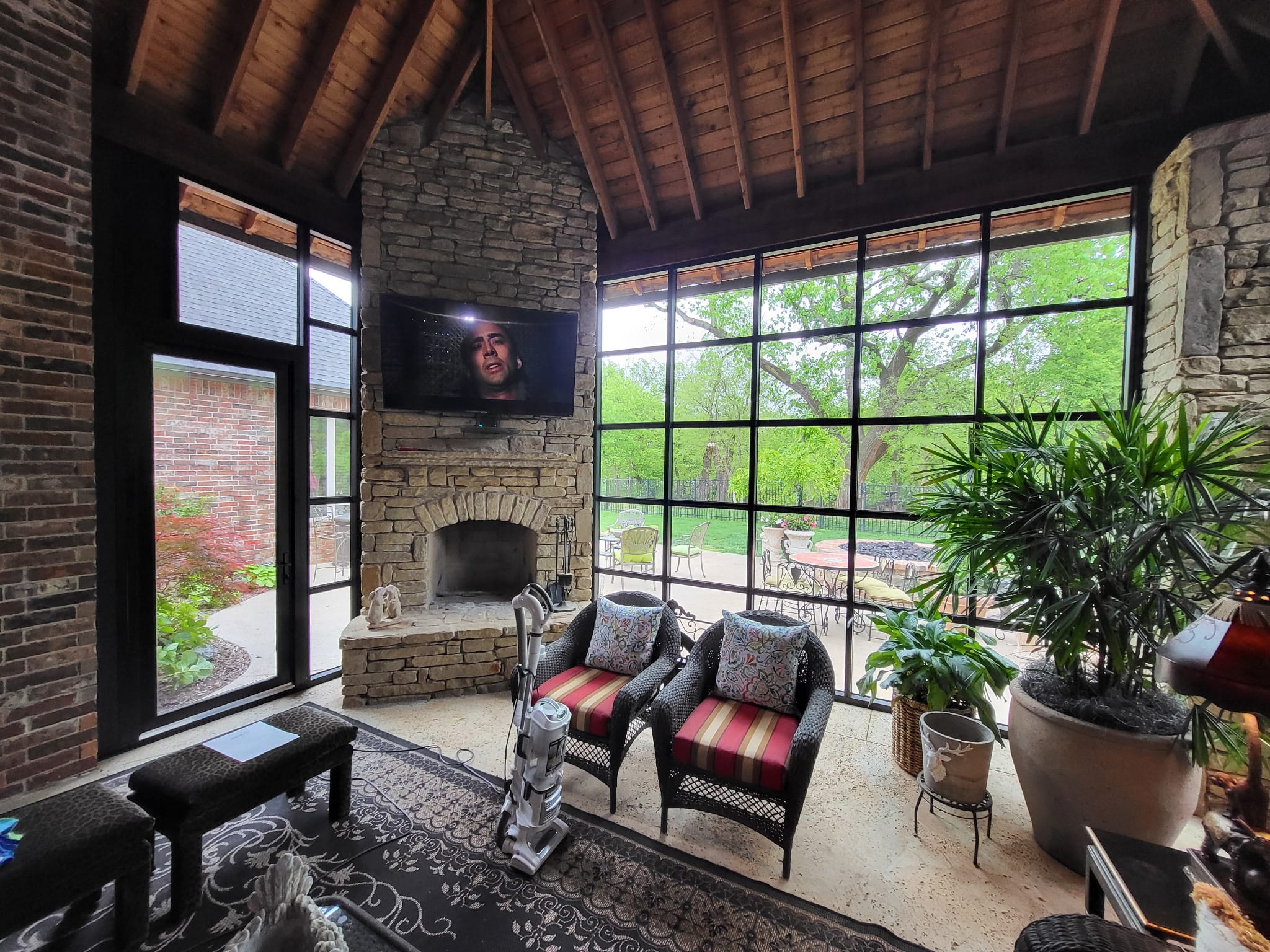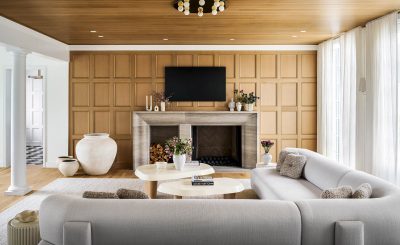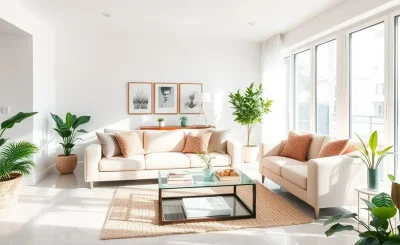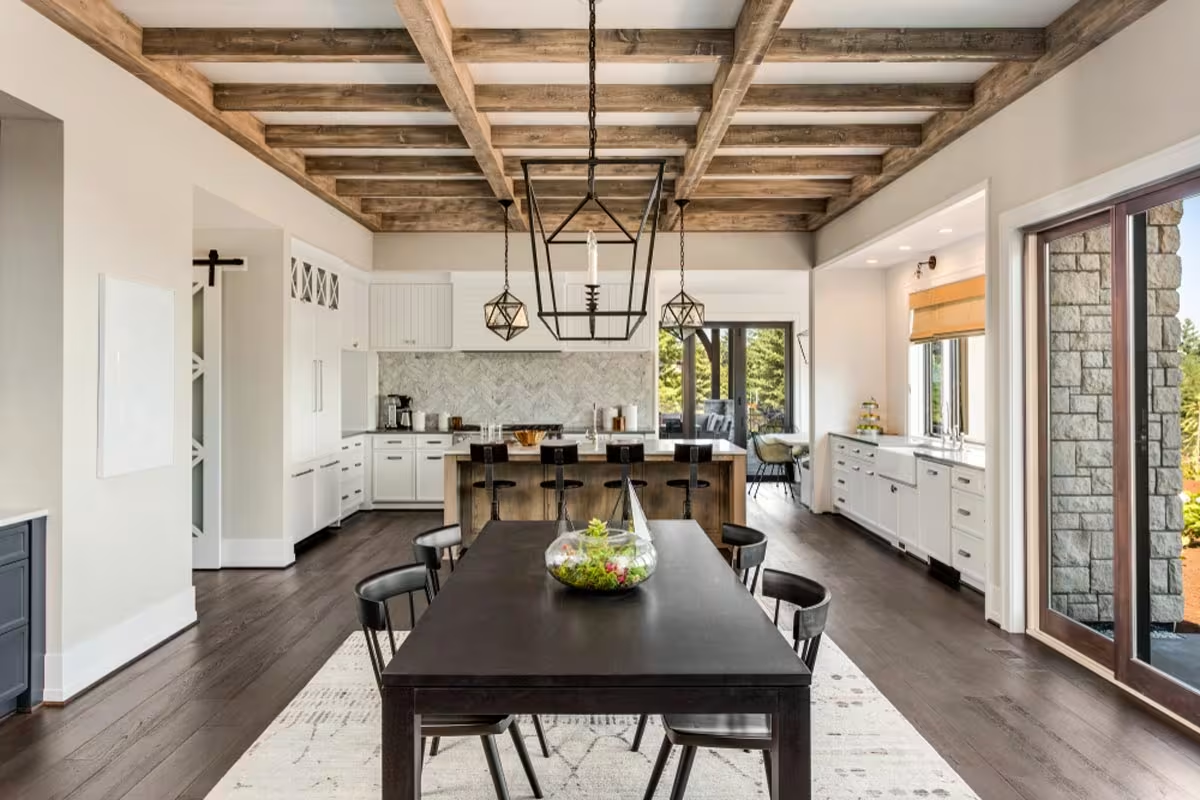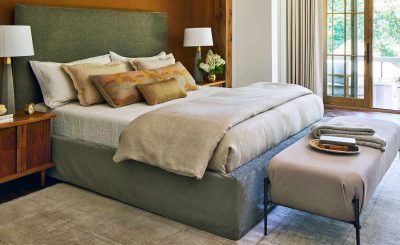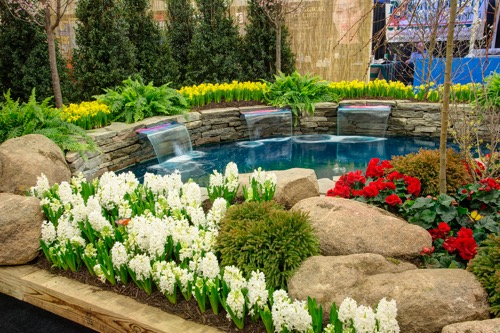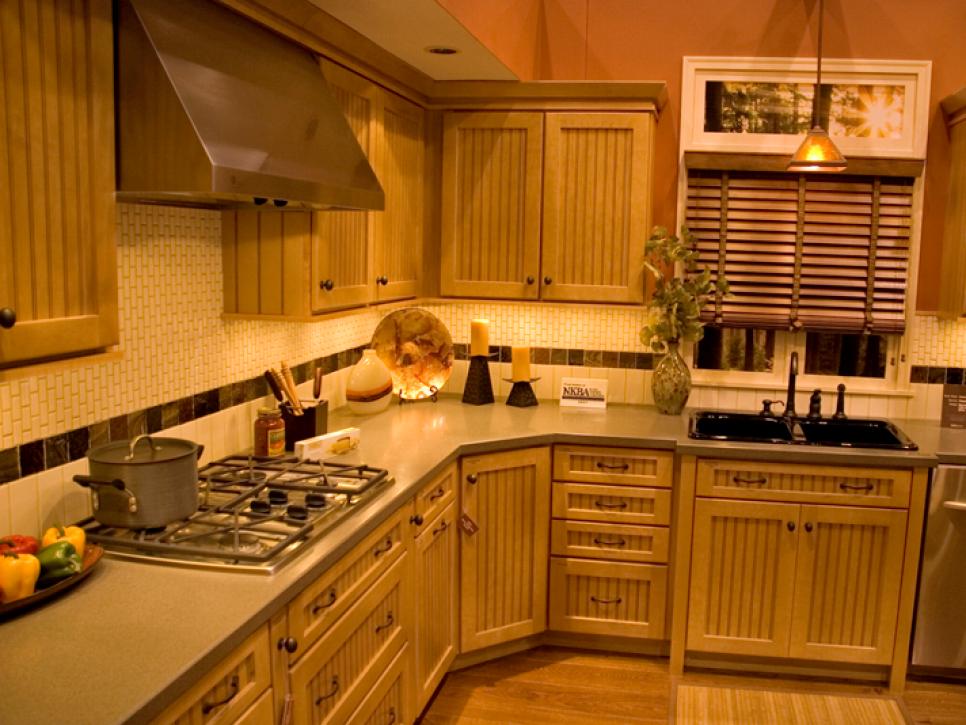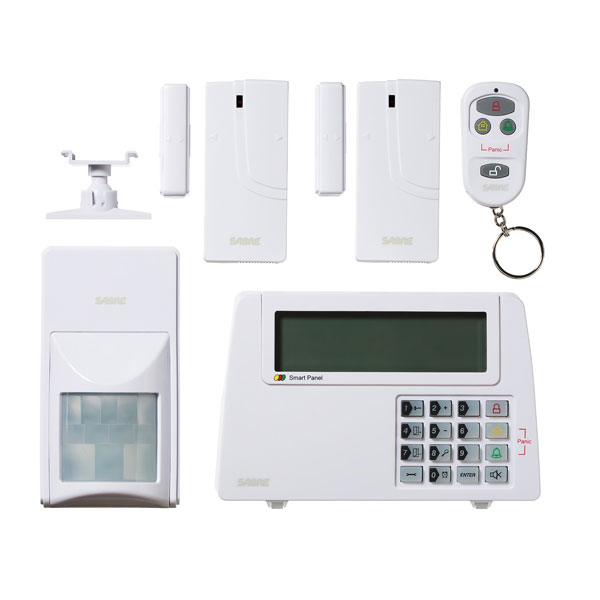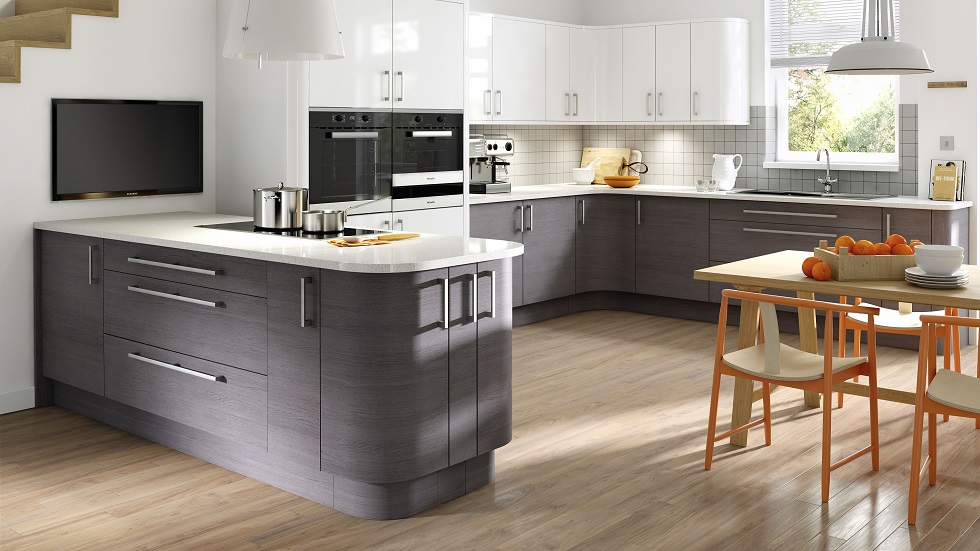Let’s be honest. For too long, our patios and decks have been fair-weather friends. They’re the life of the party from May to September, but come the first chilly breeze or a rainy afternoon, they become ghost towns. We shut the door and forget about them. But what if you didn’t have to? What if your backyard could be a true extension of your home, a cozy, functional room without walls that you could enjoy in every season?
That’s the magic of designing an outdoor living space for year-round use. It’s not just about adding a fancy grill; it’s about thoughtful planning that considers sun, wind, rain, and even snow. It’s about creating a sanctuary that beckons you outside on a crisp autumn morning just as much as a balmy summer night. Ready to transform your backyard from a seasonal spot to a four-season destination? Let’s dive in.
The Foundation: Shelter and Structure
First things first. To make any space usable in the rain or snow, you need a roof—or at least, a very good imitation of one. This is the single most important element for four-season outdoor living. Your goal is to create a dry, protected area that feels like an outdoor room.
Permanent Roof Solutions
If you’re going for a truly integrated look, a permanent structure is the way to go. Think about a solid roof extension from your house or a freestanding pergola with a fixed roof. These offer the best protection. The beauty of a solid roof is that it allows for installing things like outdoor ceiling fans or even recessed lighting, which are total game-changers for ambiance and comfort.
Flexible Cover Options
Not ready for a full-blown construction project? No problem. You have fantastic flexible options. A pergola with a retractable canopy is brilliant. You can open it up to let the sun in on a beautiful day and close it tight when the weather turns. Motorized versions add a touch of pure luxury—imagine closing the canopy without leaving your seat.
And then there are outdoor curtains. Honestly, they’re a secret weapon. They add a soft, elegant touch, provide privacy, and are incredibly effective at blocking wind and light rain. They make the space feel so intimate, like a stage set just for you.
Climate Control: Embracing Heat and Cool
Okay, so you’re dry. Now, how do you stay warm when the temperature drops? This is where the real fun begins. The options for outdoor heating have exploded in recent years, moving far beyond the standard propane fire pit (though those are still great).
Warming Things Up
- Patio Heaters: The classic umbrella-style propane heaters are workhorses. But also consider modern, sleek electric infrared heaters that can be mounted on walls or eaves. They heat objects and people directly, not the air, which is much more efficient on a breezy evening.
- Fire Features: This is the heart of the space, you know? A built-in fire pit or an outdoor fireplace creates an irresistible focal point. The crackle of the fire, the smell of wood smoke—it’s pure sensory magic that encourages lingering conversations long after the sun has set. For a cleaner option, natural gas or propane models are incredibly convenient.
- Rugs and Textiles: Don’t underestimate the power of a thick, weather-resistant rug underfoot. It instantly adds warmth and defines the seating area. And of course, have a stash of cozy, all-weather blankets ready to go.
Beating the Summer Heat
Year-round use means staying cool, too. That ceiling fan we mentioned? It’s a dual-purpose hero, providing a breeze in summer and helping to disperse heat from your fireplace in winter. For ultimate summer comfort, more and more people are exploring misting systems integrated into their pergolas or awnings. They can lower the ambient temperature by 20-30 degrees on a scorching day.
The Furnishings: Built to Last
Your indoor sofa wouldn’t last a season outside. So, choosing the right materials for your all-weather outdoor furniture is non-negotiable. You need pieces that can laugh in the face of a downpour and shrug off UV rays.
Look for powder-coated aluminum, teak, acacia, or high-density polyethylene (HDPE) wicker. These materials are champions of durability. And the cushions? They must be filled with quick-dry foam and covered in Sunbrella or similar solution-dyed acrylic fabric. This stuff is amazing—it’s mold and mildew resistant and the color won’t fade. Sure, it’s an investment, but it saves you the hassle of constantly hauling cushions in and out.
| Material | Pros | Cons |
| Teak | Naturally weather-resistant, beautiful gray patina, incredibly durable. | High cost, requires occasional oiling if you want to maintain its honey color. |
| Powder-Coated Aluminum | Lightweight, rust-proof, wide variety of styles and colors. | Can feel less substantial; lighter frames can tip in wind. |
| HDPE Wicker (All-Weather Wicker) | Looks like natural wicker, very durable, UV resistant. | The synthetic look can be a turn-off for some; can collect debris. |
Lighting and Ambiance: The After-Hours Glow
As daylight fades, your outdoor living space needs a new kind of magic. Proper lighting is what transforms it from a daytime area to an enchanting evening retreat. You want layers of light, just like you’d have indoors.
- Task Lighting: For the grill master or for reading. Think under-counter LED strips on an outdoor kitchen island or a focused lamp next to a chair.
- Ambient Lighting: This is the overall glow. String lights are a perennial favorite for good reason—they’re whimsical and create a soft, diffused light. Pathway lights and wall sconces also fall into this category.
- Accent Lighting: Use this to highlight features. Uplight a beautiful tree, put a spotlight on a water feature, or use low-voltage well lights to graze a stone wall. This adds depth and drama.
A Space for Every Season: Activity Zones
Think about how you’ll use the space across the year. A well-designed year-round outdoor room often has different zones, just like your house.
- The Dining Hub: This is for summer barbecues, sure. But also for fall harvest dinners and even a winter hot chocolate station. Position it close to the kitchen door for easy access.
- The Cozy Conversation Pit: Arrange seating around a fire pit or heater. This is your go-to spot for cool evenings, for stargazing, for just… being.
- The Active Corner: Maybe it’s a spot for a cornhole board, a putting green, or even an outdoor TV for game day. Encouraging activity makes the space inviting even when it’s a bit chilly.
Final Touches: The Details That Make It Home
It’s the little things that make the space feel lived-in and loved, regardless of the forecast. Weatherproof speakers for music. Durable, decorative planters with evergreen shrubs or ornamental grasses that provide texture in winter. A storage bench for those extra blankets and pillows. These elements signal that this isn’t a temporary setup; it’s a permanent, cherished part of your home.
Creating an outdoor living space for year-round use is, in the end, a shift in perspective. It’s about refusing to let the calendar dictate when you can enjoy the fresh air and the sky above. It’s an invitation to experience the quiet beauty of a snowy afternoon from the comfort of your own sheltered haven, or to listen to the rhythm of rain from a dry, warm perch. It’s not just an addition to your house; it’s an expansion of your life.


